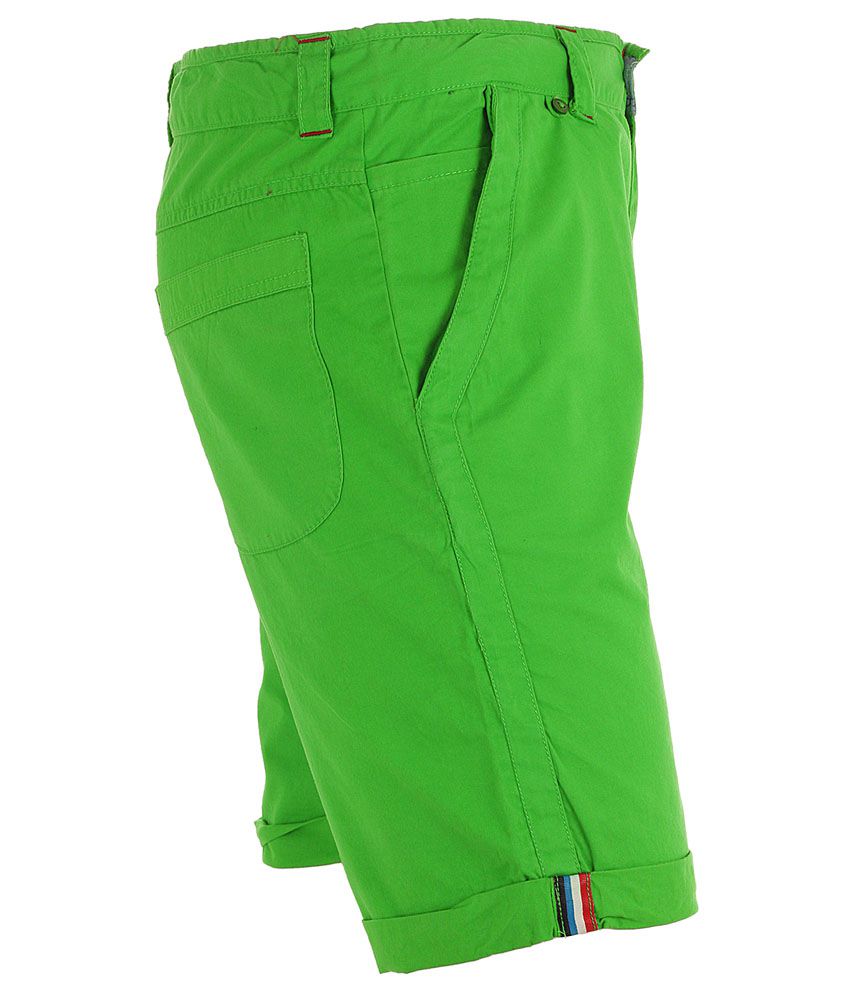More information regarding Faraday Clothing

Faraday clothing is a new type of defensive clothing that is patterned after the silvery lining that is part of an afghan dark hat. Although almost faraday fabric clothing of it is V-neck tees, it is not meant in order to be worn without having protection for vital organs. You can also purchase Faraday clothing for pregnant women, such as feminine lace camisoles as well as pregnant undergarments.
Fabrics used within faraday cages
Faraday cages are made out of materials that resist from electromagnetic energy. Fabrics made of copper, nickel and polyester are known to make excellent faraday cages. These supplies are corrosion-resistant robust, durable, lightweight and fashionable. They also provide 99% blocking efficiency against frequencies that transmit wireless signals.
The materials used to construct Faraday cages may end up being thin or maybe thick. In the case of thicker materials, their thickness determines the level of insulation it is able to offer. But , thin layers are merely equally effective in comparison to thicker ones.
Fabrics used to make quest dark hat
Typically , the Mission Darkness cap is really an incredibly comfy and curved-visor snapback. It can fit most head sizes comfortably and is made from a lightweight, flexible material. The vents on the front and in the area permit airflow, making it the perfect everyday wear hat. However, unlike other hats that aren't as difficult, Mission Darkness hats, the Mission Darkness hat does not necessarily have an EMF lined liner that is shielded, so it's not the best choice for wear whilst using electronic devices.
In order to make an Objective Darkness hat, a person need to purchase their TitanRF Faraday Fabric kit. This kit comes with the conductive tape. The cloth is approved by Keystone Compliance, plus it has antifungal and antibacterial properties. This stuff is also good intended for earthing applications.
Textiles employed in Lambs' Wavestopper(tm) fabric
Lambs Faraday's line with clothing provides great comfort and antimicrobial EMF blocking technology. Their Wavestopper(tm) fabric is made of a unique blend of fibers which block 99 percent of harmful microwaves, cell phone radiation, Bluetooth signals, and WiFi signals. The fabric is also non-toxic and antibacterial. Avoid using nanoparticules and other additives that could be harmful.
Lambs' antibacterial socks function in silver-coated synthetic cotton, and spandex. The particular style of these socks allows for a custom suit and breathability. Prices for these clothes start at just $25. If you're not satisfied with your purchase, the company offers an unconditional refund. Proteck'd Apparel from electromagnetic disturbance. With a protective coating made of MXene which is a material, it is able to block signals at frequencies ranging from to Megahertz up to Gigahertz. The material is washable and robust. Researchers from Drexel Nanomaterials Start have developed fabrics that are coated together with this material.

This specific material blocks electromagnetic interference more effectively than other materials in addition to can also be adapted to fabric. Look at video below to see what it looks like in action.
Silver precious metal
Silver faraday clothing is used to cover the body by the effects of EMR and other forms of radiation. The fabric is composed of silver fibers with conductive properties that generally absorb electromagnetic waves and echo the electromagnetic waves. Lambs' Faraday Briefs, for example block 99 percent of the harmful radiation that is emitted from cellphones, microwaves and WiFi. These types of garments also have heat-regulating properties as well as anti-microbial and moisture wicking.
Anti-EMF clothing can be found in many designs, from t-shirts and caps to jackets and socks. The majority of these clothes are made of silver but additional metals can be used as well.
Metals that resist corrosion
Developing corrosion-resistant alloys for use in faraday clothes requires special understanding of metals. The particular process could be structural, and incorrect selection can result in errors in the application and unreliable results. Luckily, there is definitely an emerging market for corrosion-resistant precious metals.
Alloys that resist corrosion must have good thermal conductivity and mechanical properties. They should also be simple to job with. They must also withstand neighborhood attack and intragranular corrosion. Also, they must be resistant to corrosion in saltwater, the atmosphere and other natural chemical. Experts in the field of metallurgical engineering will be in a position to guide on the most suitable materials for the environment within the environment you work.
